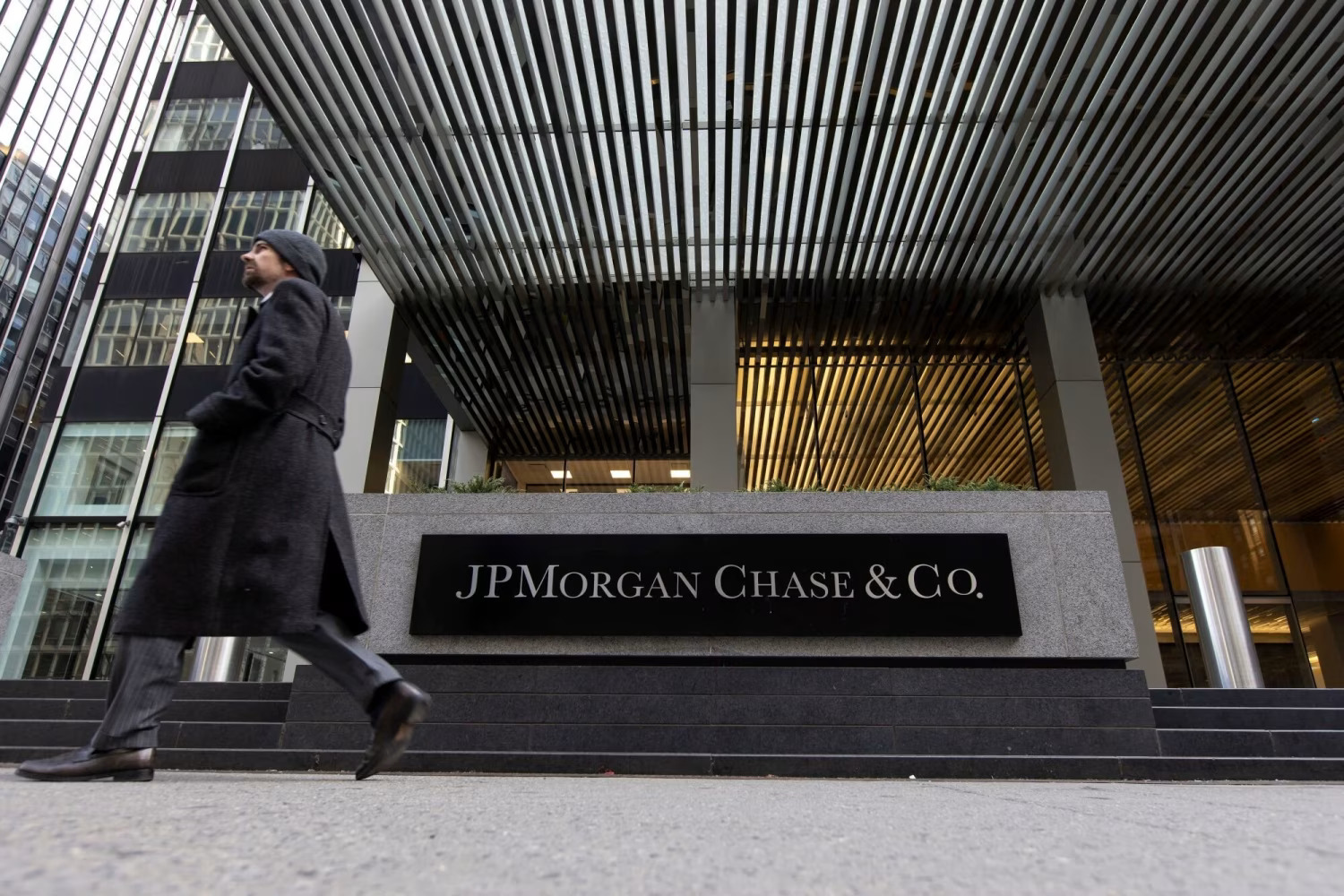What used to be associated with Black Friday as the large number of people and frantic buying has changed in recent years. This year, the Black Friday shopping phenomenon has transformed from morning rushes at physical department stores to mostly online shopping events due to e-business integration with customers’ daily lives. Customers and retail service providers have also changed their expectations thus bringing an end to an extreme craze for crowds.
The Extended Collapse of Upfront Enthusiasm
A primary example is Black Friday where many of the coding, deeming popular were no longer made on that Friday but as early as before the Thanksgiving holiday. Stores such as Amazon, Walmart, and Target have started transitioning from Week-long or even monthlong Black Friday sales and favoring less densely packed stores. Some shoppers still like to go to stores, but compared to previous years, participation has gone down.
“Black Friday is no longer about braving the crowds at dawn,” said a retail analyst. “It’s become a digital event, with consumers prioritizing convenience and online deals.”
Pandemic Accelerated the Shift
The COVID-19 pandemic played a pivotal role in reshaping Black Friday shopping. Lockdowns and safety concerns forced retailers to enhance their e-commerce platforms and shift promotions online. Even as restrictions eased, many consumers have stuck with the convenience of online shopping, solidifying the trend toward digital-first Black Friday sales.
“Once consumers experienced the ease of online shopping during the pandemic, there was no going back,” commented a retail strategist. “The days of extreme crowds feel like a thing of the past.”
Retailers Adapt to Changing Preferences
To match the changing expectations of consumers, retailers have invested in online infrastructure, curbside pickup, and extended promotional periods. Black Friday has literally evolved into a season, not just a day, with deals starting as early as the first week of November and continuing through Cyber Monday and beyond. This also helps the retailer stagger inventory and avoid the logistical issues brought on by a single-day shopping surge.
Black Friday has turned into a marathon, not a sprint,” said one marketing expert. “Retailers are stretching out deals to make it less chaotic for everybody.”
Shoppers Embrace Convenience and Deals
The flip to web deals offers convenience for shoppers, wider product availability, and less hassle. Instead of fighting crowds for limited stock, consumers can compare prices, tap into discounts, and shop from the comfort of their homes. Mobile shopping helped drive the trend, with smartphones allowing consumers to grab deals on the go.
“I love that I can shop Black Friday deals without leaving my house,” said one shopper. “It’s less hectic and just as rewarding.”
In-Store Shopping Still Holds Value
While online shopping is dominant, in-store experiences still have their allure, especially for those consumers who seek instant gratification or traditional nostalgia. Retailers responded by touting in-store exclusives or experiences to capture foot traffic; these efforts are less dramatic compared to previous years.
“For some people, the thrill of Black Friday is still about going to the store,” said one retail manager. “But it’s definitely not as chaotic as it used to be.”
Look Ahead: The Future of Black Friday
It is in line with the constantly changing face of Black Friday-a reflection of broader trends in consumer behavior and retail strategy. As online shopping and extended sales periods show no signs of abating, the era of extreme crowds may truly be behind us. It’s expected that retailers will continue innovating by tapping into data and technology to serve today’s digitally savvy consumers.




